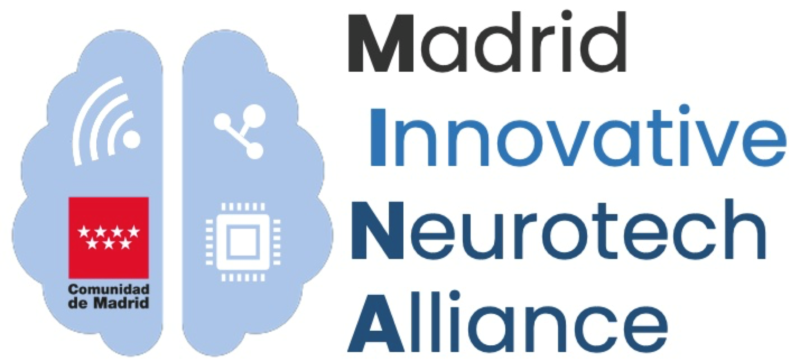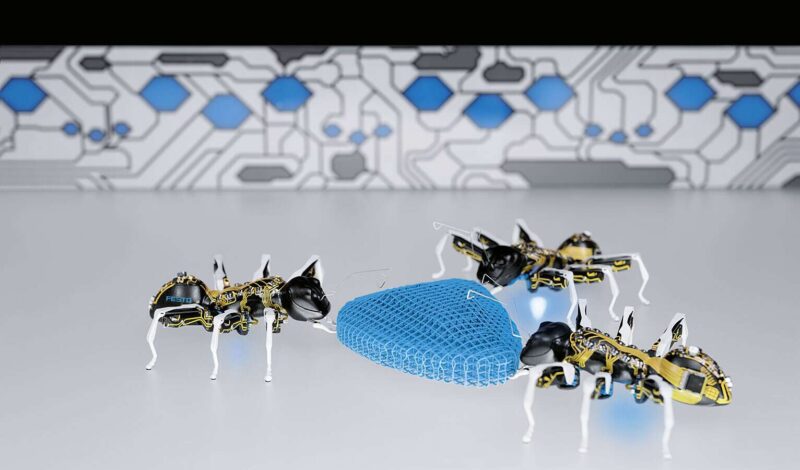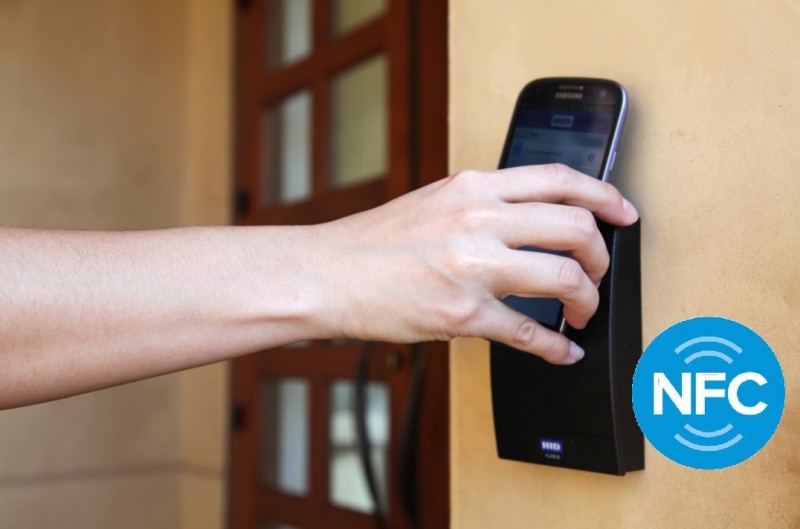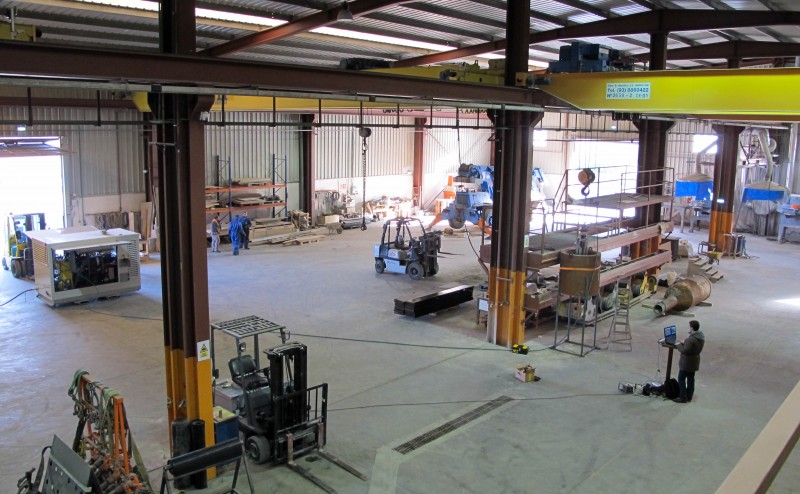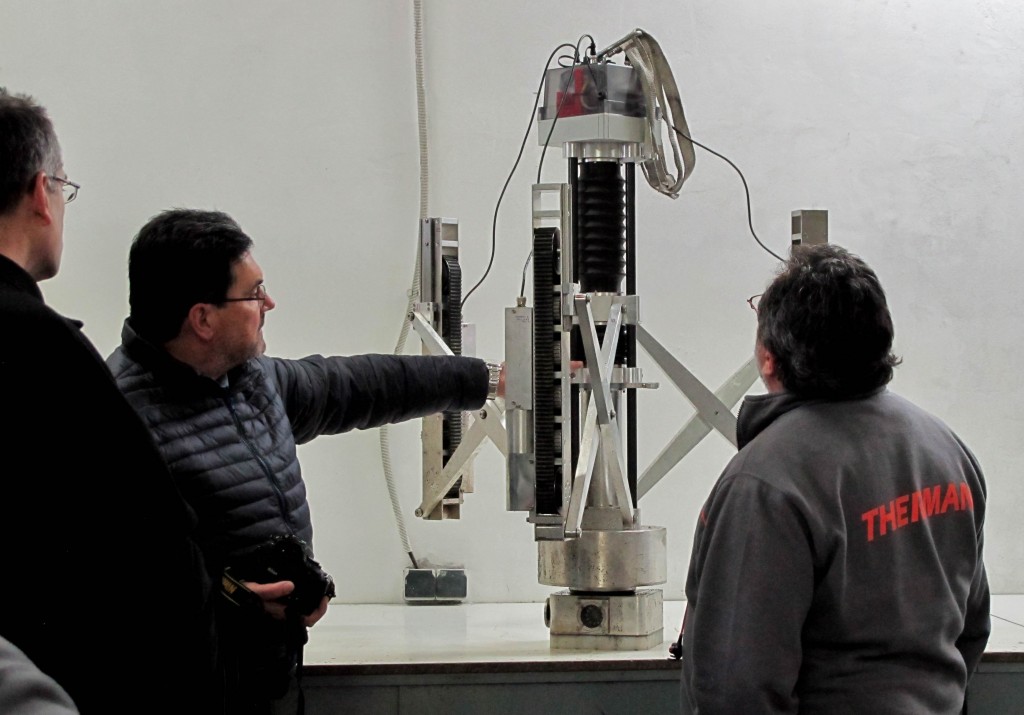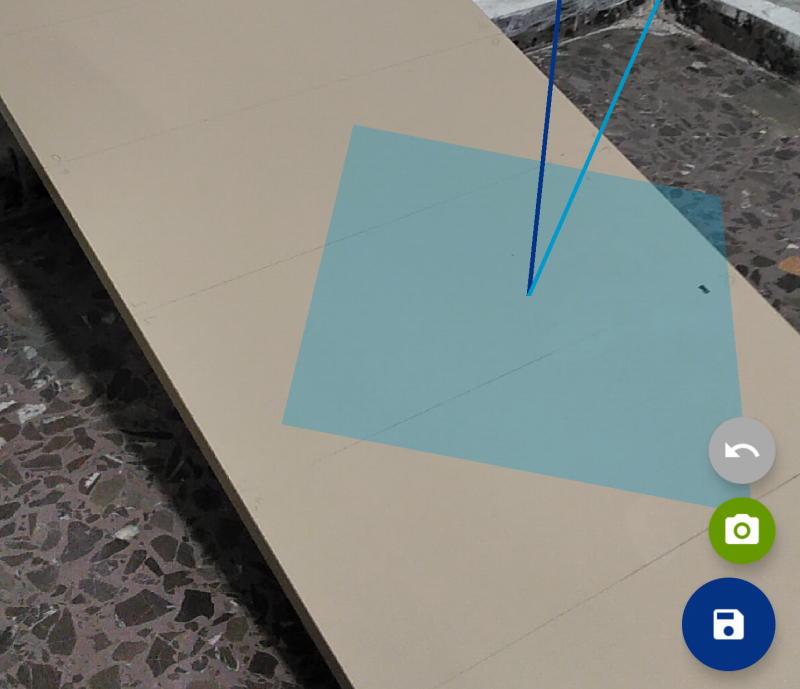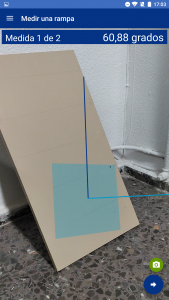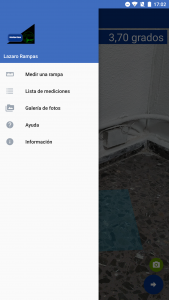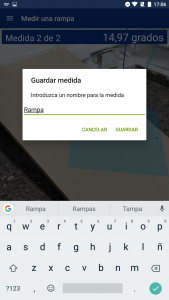Neurotechnologies are achieving spectacular advances both in the treatment of pathologies of the
nervous system (with the reduction of enormous social and economic costs associated with these
diseases; with disability and mortality rates of 21M disabled, 1.2M deceased per year respectively in
Europe, costs >4% of GDP) as well as in other important areas, such as empowerment and extension
of brain capacities, brain-machine and brain-brain interfaces. The applications of these technologies
are immense, from the clinical aspects related with the prevention, diagnosis and treatment of
neurological pathologies to the development of new computation systems, improvement of learning,
integration and connection of advanced devices with the nervous system.
The main goal of Madrid Innovative Neurotech Alliance (MINA-CM) is the innovation, development and application of advanced neurotechnological solutions in the Comunidad de Madrid.
The main objectives of MINA-CM are:
The development of multidisciplinary and interinstitutional biomedical R+D+i in neurotechnologies for
pathologies of the nervous system and improvement of brain capacities and interconnection through
physical and functional interfaces.
The attraction and incorporation of exceptional young researchers to R+D+i in neurotechnology in the Comunidad de Madrid.
The reinforcement and enhancement of the participation of the Comunidad de Madrid in international
networks and consortiums of R+D+I in neurotechnology.
The reinforcement, potentiation and integration of companies, in particular SMEs of high technology in a network of R+D+i in neurotechnology in the Comunidad de Madrid to favor international and national funding.
Title: MINA-CM – Madrid Innovative Neurotech Alliance
Duration: January 2023 – December 2026
Partners: UNIVERSIDAD POLITÉCNICA DE MADRID, UNIVERSIDAD COMPLUTENSE DE MADRID, CENTRO SUPERIOR DE INVESTIGACIONES CIENTÍFICAS, HOSPITAL RAMÓN Y CAJAL, HOSPITAL CLÍNICO SAN CARLOS, HOSPITAL LA PAZ
Financing entity: Comunidad de Madrid, Programas de actividades de I+D entre grupos de investigación de la Comunidad de Madrid en Biomedicina 2022 (P2022/BMD-7236)

